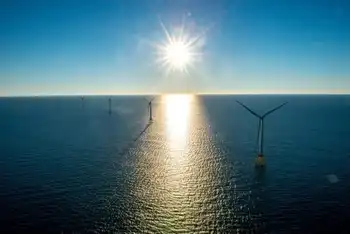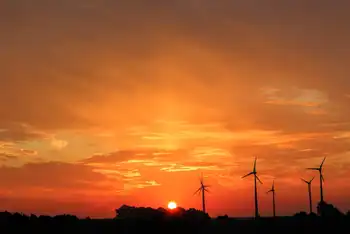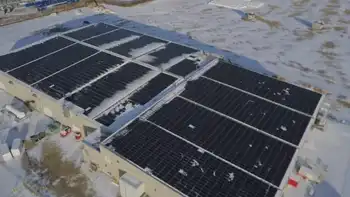Energy chief's mission boosted
By Washington Times
Substation Relay Protection Training
Our customized live online or in‑person group training can be delivered to your staff at your location.

- Live Online
- 12 hours Instructor-led
- Group Training Available
Just as he was getting his arms around the basics of his new job, he was handed a whole new portfolio - a series of programs that, in effect, will transform his agency to the trendsetter it's supposed to be.
Welcome to Washington, Mr. Chu. You have a lot to accomplish - and fast. Unfortunately, getting it all done will be a lot harder than the rhetoric suggests.
Even before the stimulus was passed, the Energy Department had a sprawling mission. About a third of its budget was devoted to developing and maintaining our nation's nuclear weapons stockpile. Another third involved cleaning up the sites where our country built its nuclear weapons program. It also had its hand in developing the next generation of clean energy technologies.
In other words, the energy secretary traditionally presides over a diverse array of issues that on any given day would be a challenge for any new leader. Now, however, the department has abruptly moved from that particular set of activities - mostly in the nuclear-weapons-related business - to taking a lead role in a massive effort to expand renewable energy.
If history is any guide, Mr. Chu will have a tough time balancing the new priorities while keeping older ones on task.
Most people by now know that the Energy Department will have to struggle to find ways to keep its stimulus dollars going out the door to the right places. The bill recently Feb. 17 by President Obama deluges the department with more than $40 billion, nearly doubling its budget. The money will go to many kinds of renewable energy projects though four offices within the department.
Implementing this huge an agenda would be backbreaking under any circumstances. But the department's fundamental areas of responsibility are already a heavy lift.
Issues such as missing computers from a nuclear weapons laboratory that may or may not hold classified data can be distractions that take a department chief's focus away from the glitzier items he might prefer to deal with.
Mr. Chu also must address external challenges. When he was confirmed, he inherited 535 co-secretaries of energy in Congress who all have either a direct interest in the Department of Energy (because an Energy facility or project is located in their state or district) or a broader interest in national energy policy.
And of course there are always unforeseen circumstances that will affect the agenda. Mr. Chu need only ask former Secretary Spencer Abraham about the Sept. 11, 2001, attacks and former Secretary Samuel Bodman about Hurricane Katrina to understand that events outside the control of the executive and legislative Branches will affect what he is able to do - or not do.
The Obama administration will soon release its fiscal 2010 budget that will provide us with a blueprint regarding the priorities for the Energy Department. Not long after the budget is released, the House and Senate will begin debating a new energy bill (the third in the last four years) that will further define our nation's energy policies. Add to the mix the issue of climate change and what to do about it and one can see how difficult it will be to achieve the goals that President Obama has assigned to Mr. Chu.
Mr. Chu might have thought he was inheriting an interesting but relatively quiet department. Not any more. Within only a few weeks in office, he already has seen that his duties will be anything but normal.











